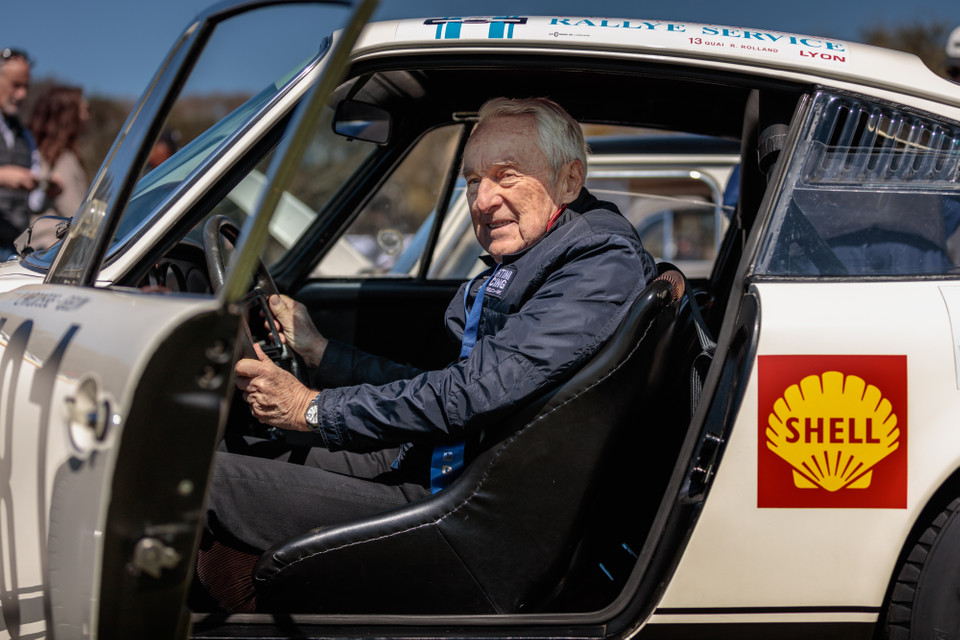On May 23, Gérard Larrousse turned 80 years old. He is regarded as one of the fastest drivers in the world with a long list of victories to prove it, as well as being a gentleman and one of the world’s all-time greatest racing drivers.
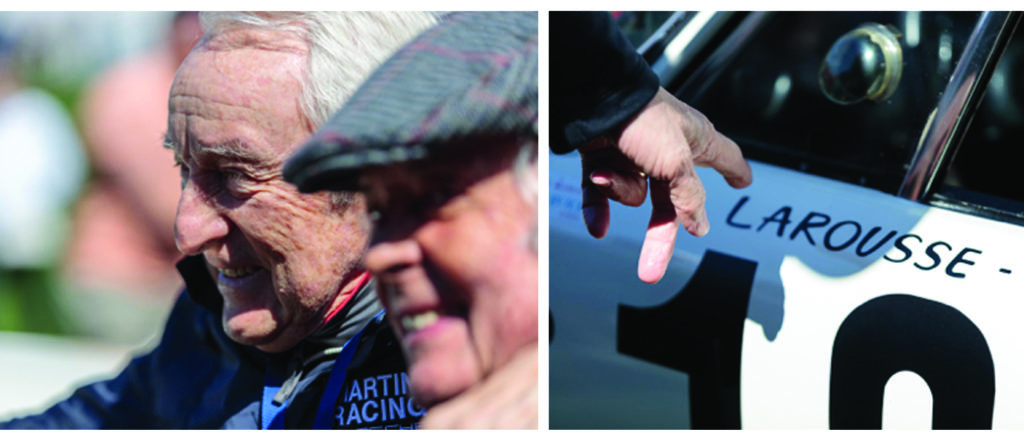
At age 21, Gérard Larrousse was still a Business student when he had the opportunity to partake in his first rally in France. It wasn’t long before he decided to make racing his full-time career, after completing his studies and military service of course. He became a professional in 1966, and made his debut at Le Mans a year later with an Alpine A210-Renault.
He raced for two years with Renault, nearly thwarting Porsche’s first victory at the Monte Carlo Rally in 1968. Gérard in an Alpine Renault 1300, was competing against Vic Elford in a 911 T. He was Elford’s main opponent and stood to claim the win until spectators shoveled snow onto the track and caused Larrousse to lose control and forfeit the stage. After the race, Peter Faulk approached Vic Elford and asked who the best French racing driver was, to which Elford responded with “That would be Gérard Larrousse”.
Larrousse was asked to join the Porsche works team in 1969. He proved himself to be among the fastest and most well-rounded drivers of the time right away. The season started with the Monte Carlo Rally, Gérard placed second behind Björn Waldegaard. By the end of the season, he had claimed victory at the Tour de Course in a 911 R, along with the Rally Neige de Grace and Tour de France d’Automobile stage race. At Le Mans, he finished in second place with his teammate Hans Herrmann in the tightest finish in Le Mans history, finishing behind Jacky Ickx and Jacky Oliver in a Ford GT40.
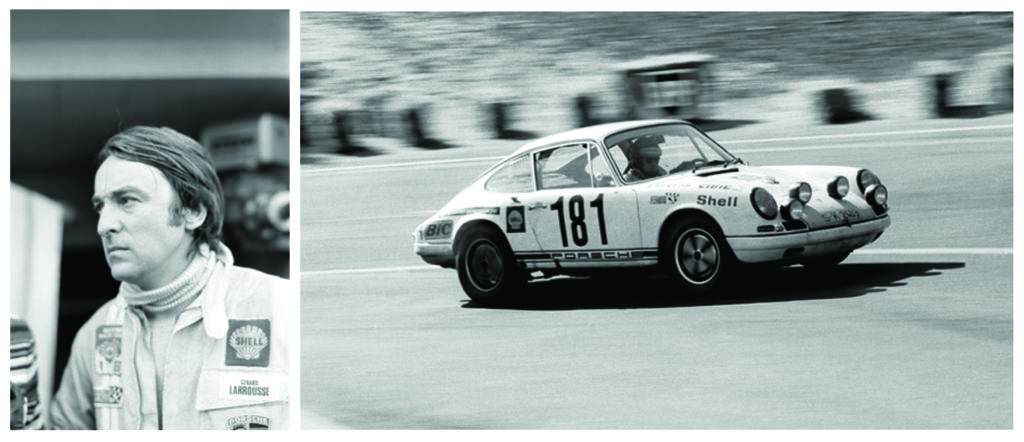
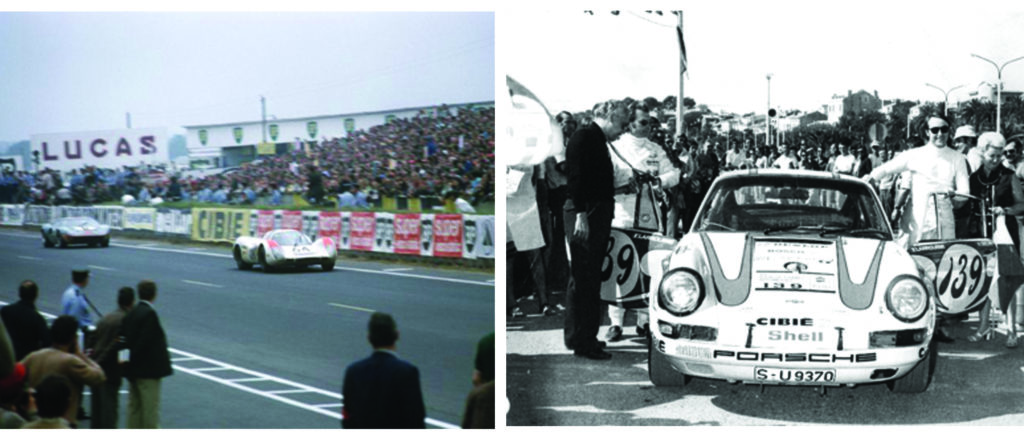
In 1970, he drove the 917LH fitted with the long tail and updated aerodynamic package to a second-place finish overall at Le Mans. That same year, he took this in the Tour de France d’Automobile in the 911 S 2.4 finished in the iconic yellow and red hippie livery. Behind the wheel of the extraordinary Martini 917 K, he won the 12 hours of Sebring alongside his partner and friend Vic Elford. At Nürburgring, the pair took victory in the Martini 908/03 Spyder.
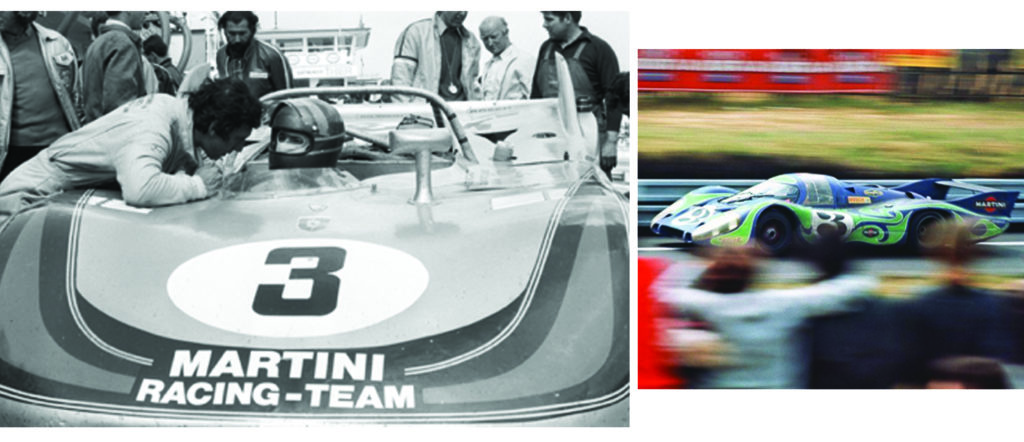
One of the many Porsches that Gérard Larrousse has driven over the years was this 1974 Carrera RS 3.0. It was delivered new to Porsche France Sonauto and quickly entered at the 24 Hours of Le Mans the same year. With Gérard and Jurgen Barth at the wheel, it finished 12th overall and 6th in the Grand Touring class-bested only by three Ferrari Daytonas and two Carrera RSRs. Most of the RS 3.0s were entered in Group Three races, and this example was no exception. It competed in both the Campinat des France and Tour de France de l’Automobile in 1974.
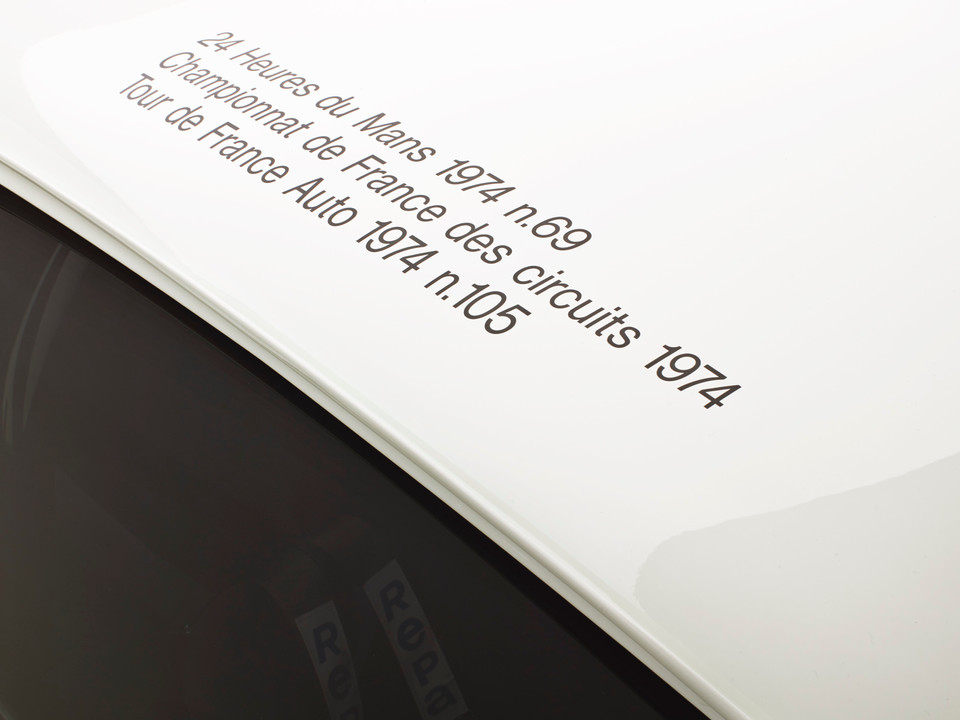
Only 109 Carrera 3.0 examples were produced for 1974, and of those just 54 were built to RS specification. The remaining 55 were finished as RSR race cars. They were built based on the experience gained with the modified Carrera which won the 1973 Targa Florio. The cylinder bore was increased to 95mm, while the 70.4mm stroke that had been used since 1970 was retained. Much of the bodywork is inspired by the Porsches built to compete in the International Race of Champions series organized by Roger Penske.

The RS 3.0 was much more than just additional displacement and aggressive bodywork. It was built with competition in mind, utilizing lightweight fiberglass for the bumpers, engine cover and luggage cover, and thinner gauge steel was used in the roof and door panels. Cross-drilled and ventilated brakes from the 917 were incorporated with a balance bar that adjusted the front-rear braking balance. The transmission received its own oil pump and cooler. Soundproofing was intentionally neglected in favor of lighter weight, and the addition of a wide “tea tray” rear spoiler greatly reduced lift at high speeds. Wide 15” Fuchs wheels and tires provided the necessary grip, while revised suspension nearly eliminated camber change in roll.
These cars directly contributed to Porsche’s dominance in the 3-liter GT and Touring class racing. When placed in the competent hands of legendary drivers like Gérard, it’s no wonder that Porsche can proudly lay claim to having more race victories than any other manufacturer.

